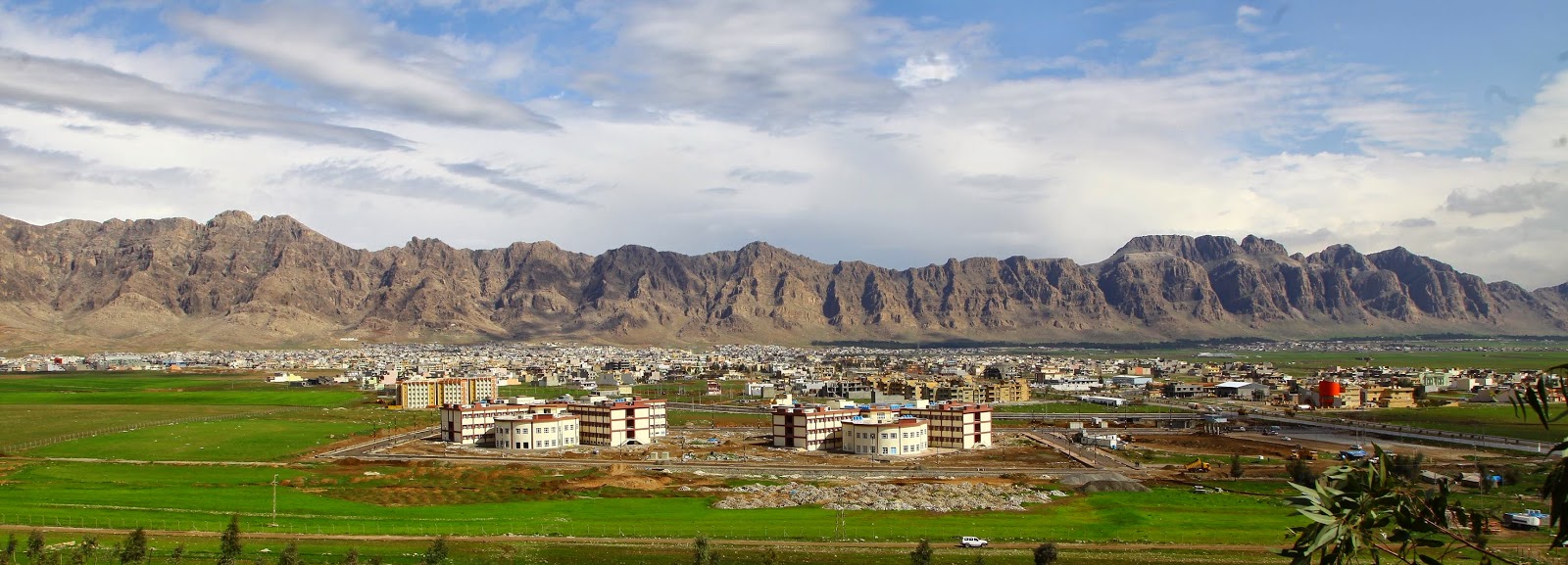By David Jacobson, Temblor

At 4:42 p.m. local time today, a M=5.1 earthquake struck northeastern Iraq, near the border with Iran. The quake occurred at a depth of 10 km, according to both the USGS and the European-Mediterranean Seismological Centre (EMSC), and was primarily compressional in nature. Based on the USGS ShakeMap, this earthquake generated very strong shaking near the epicenter, and would have been felt as far away as Baghdad, Mosul, and Erbil. The epicenter of the quake was near Lake Dukan, the largest lake in northern Iraq, which also acts as a reservoir for the area, and has done so since the construction of the Dukan Dam in 1959. So far there are no reports of damage at the dam, though if news comes in, we will update this post.

According to the USGS PAGER system, both economic losses and fatalities are estimated to be low. Having said that, pictures have appeared on Twitter, showing damage to buildings and cars from falling debris in the town of Ranya, which is at the northern end of Lake Dukan, close to the epicenter.

In this part of northeastern Iraq, there is active collision between the Arabia and Eurasian plates. One of the products of this, is the Zagros Mountains, which extend for over 1,500 km from Iran, through Iraq, and into southeastern Turkey. Because of this, the compressional focal mechanism from today’s earthquake makes sense geologically. Because of this regional compression, the area has seen some moderate earthquakes. The most recent of these was in 1980, when a M=5.8 earthquake struck approximately 30 km southwest of today’s epicenter.
Based on the Global Earthquake Activity Rate (GEAR) model, today’s earthquake should not be considered surprising. This model uses global strain rates and the last 40 years of seismicity to forecast the likely earthquake magnitude in your lifetime anywhere on earth. From the figure below, one can see that in this portion of Iraq, the likely earthquake magnitude in your lifetime is M=5.75+. Therefore, while not surprising, this earthquake should come as a reminder that this part of the Middle East is seismically active.

References
USGS
EMSC
- Beware quiet segments of the Philippine Fault - May 16, 2025
-
ډیری عوامل افغاني ټولنې د زلزلې پر وړاندې زیانمنوي
- August 11, 2022 - What’s happening this week in Humboldt County, California: The squeeze - February 6, 2019
